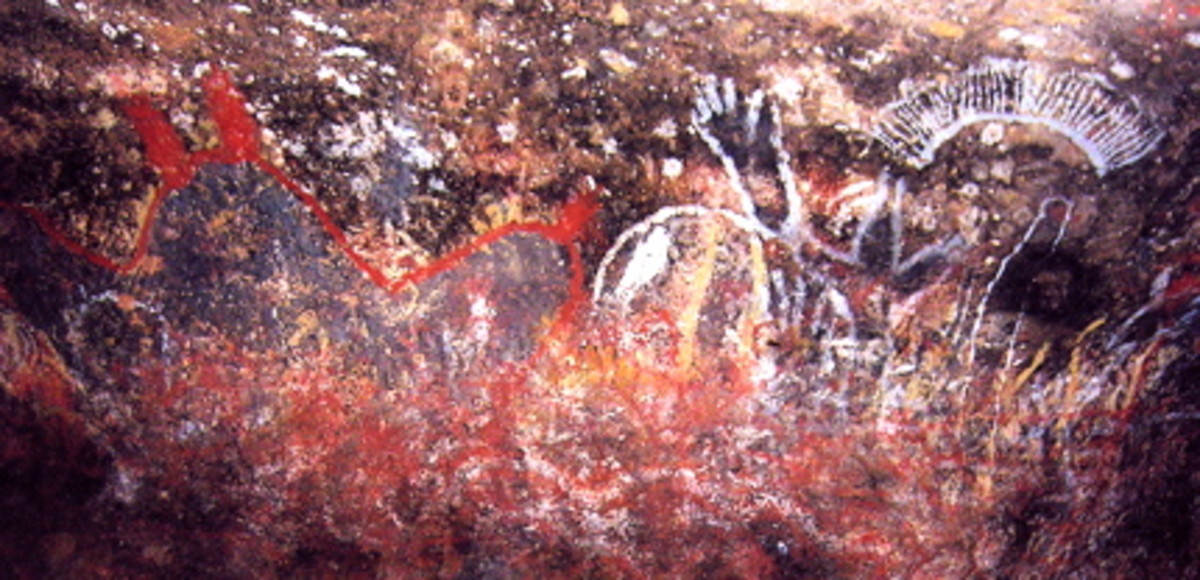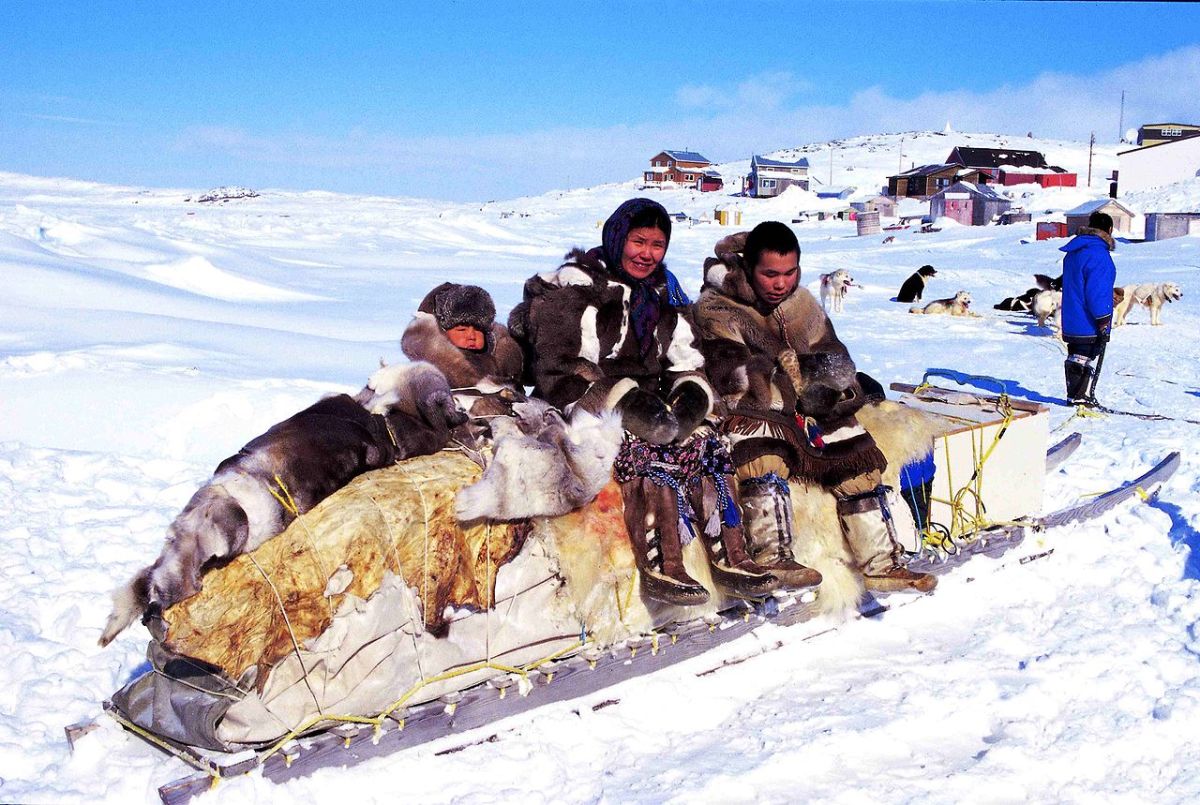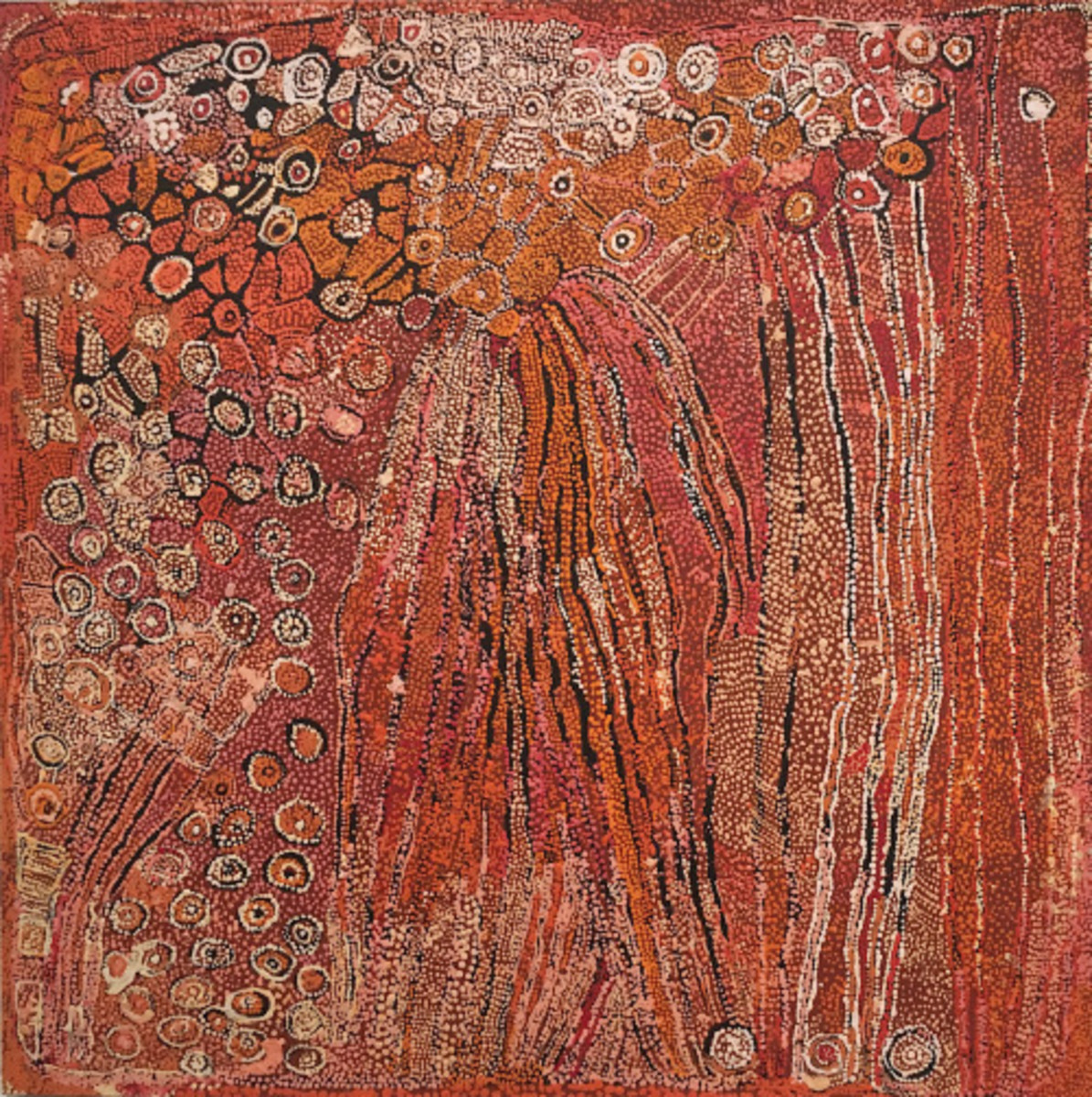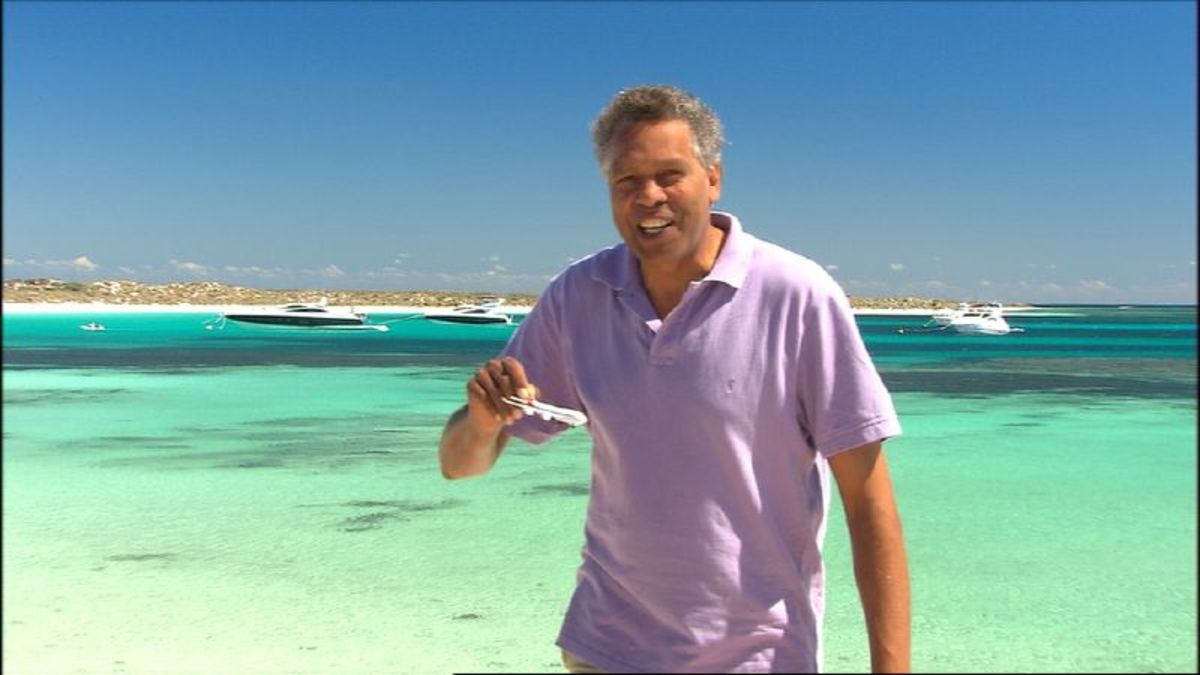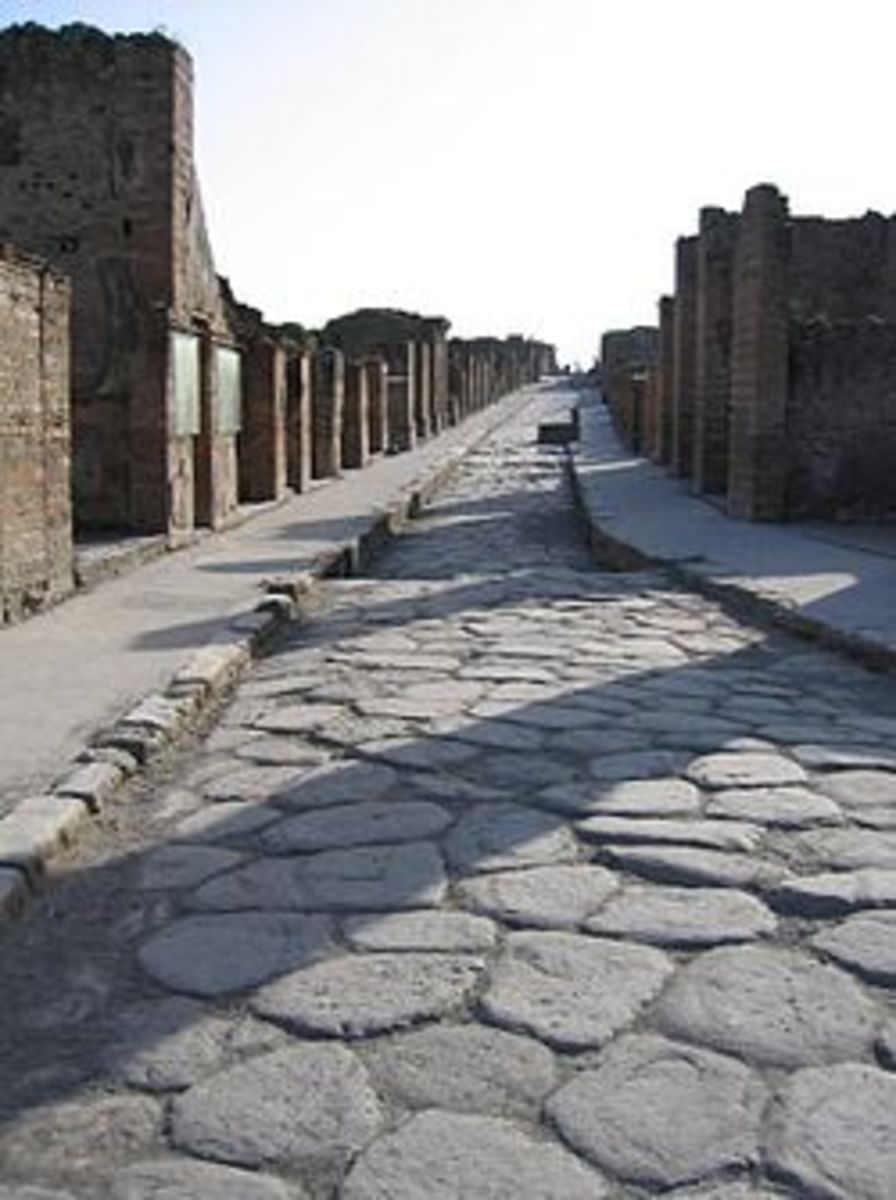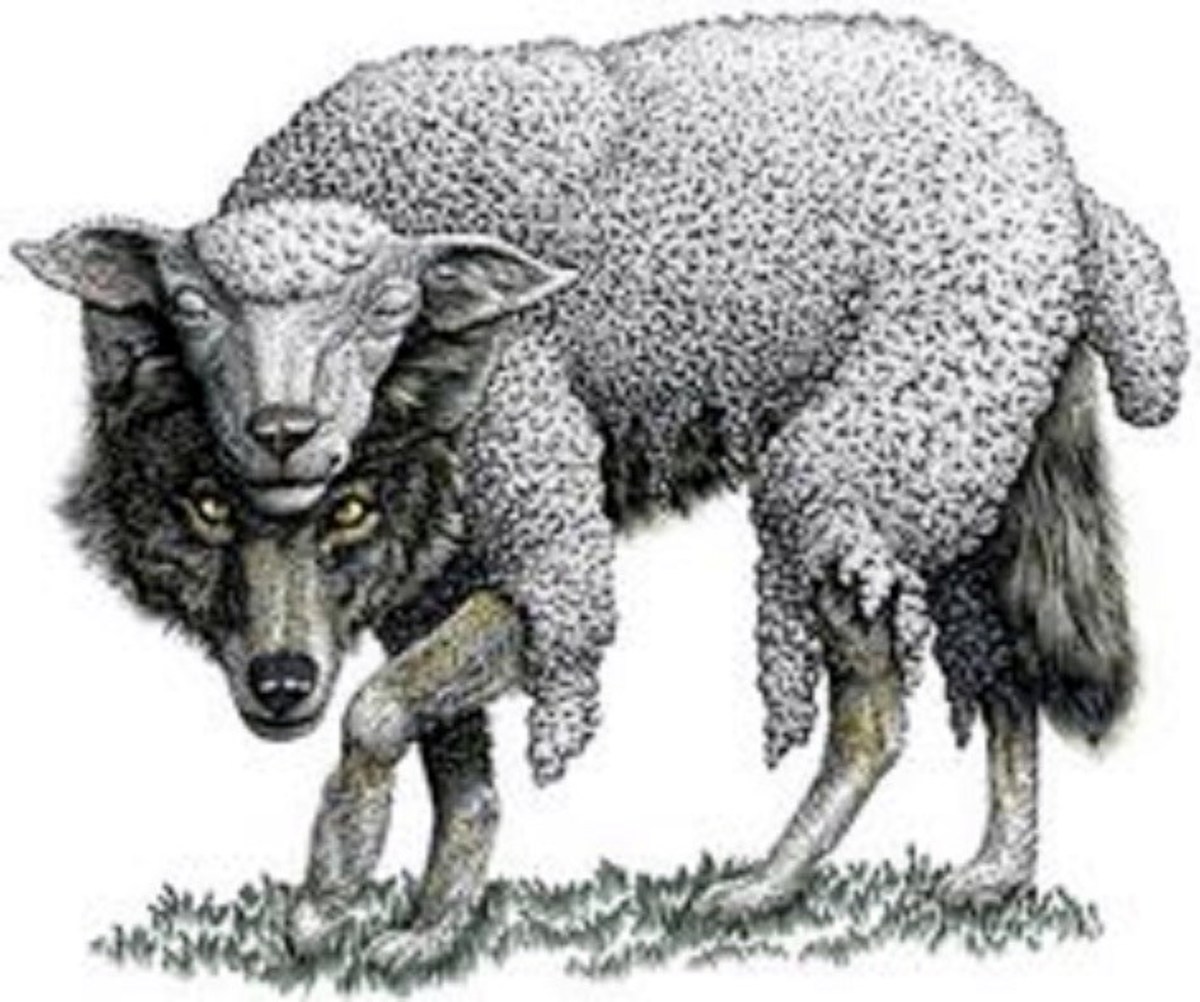What Legacies Did Colonialists Leave in the Australian Aboriginal Community?
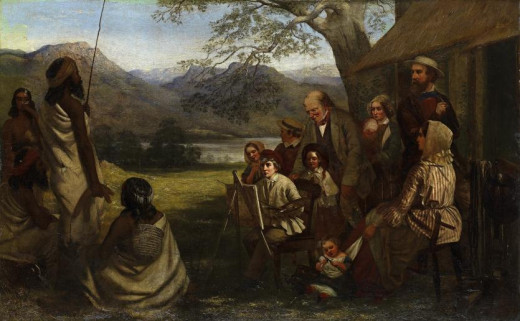
Colonization processes are associated with profound consequences on the colonized societies. For instance, colonization saw Africa evolve in various ways, shunning their social, cultural and political culture to adopt new ways of living. In the same way, in Australia, colonization left a bad taste and ill memories among the aboriginal societies. The country witnessed drastic transformations to counter the course of colonialism, which can be simply summed as memories or legacies of colonization.
The aboriginal communities adopted means such as protests, conferences, engaging the police, media (television, radio, newspaper) that led forced the government to use processes such as legislation and dialogue address the various concerns of the aboriginals. This paper explores the reactions to counter the legacies of colonization in aboriginal community in Australia.
Over View of the Colonization Process
First, it is worth noting that Australia had been occupied by the indigenous groups before the arrival of the Europeans. The indigenous societies were oriented towards traditional lifestyle with reserved social, economic, and political lifestyle. While they were contended with the life, the native society was considered uncivilized in the eyes of the colonizers. On the overall, the indigenous groups resisted, especially to the decision of the colonizer to displace them from their land. The resistance was fueled by ownership and sharing problems. In the beginning, the indigenous people and the white settlers had co-existed peacefully, with the Europeans observing the call to make peace with the natives. However, later, conflicts ensued following the intensified resource sharing and land ownership stalemate.
At the time of colonization, the lifestyle of the indigenous groups was characterized by communal ownership, contrasting with the individual ownership of the Europeans. The contact was characterized by violence, among other conflicts. The battles in the frontiers lasted as long as over hundred years. The battles broke out in the frontiers did not only result in the loss of lives among the indigenous people, but also among the white settlers. The same case applied for loss of property. These events imply that the impacts of the resistances were undoubtedly far-reaching. The resistance and revenge attacks worsened in the frontiers, in the later stages of European settlement. Anxiety, fear, and misunderstanding heightened, resulting to increased brutality in the confrontations. However, the loss of land and family fragmentation among the indigenous people weakened the aboriginal further. The white settlers became so overpowering that that the indigenous people could not resist anymore.
The indigenous people’s social, economic, and political lifestyles placed them in disadvantaging position. Over time, the colonial masters forced the aboriginal people to stop engaging in their traditional and cultural practices that encouraged oneness. Consequently, many individuals continued to struggle with lost identity and traumatic events, causing them to develop social practices and skills that did not appeal to the desired welfare of the rest of the society. Because many of these people work in settings that are predominantly aboriginal, such social practices have essentially meant that the associated lateral violence are directed at own people.
Protests and Demonstrations
Following the acts of segregation and series of injustices against the Aboriginals, the situation of the aboriginal communities is compared to the apartheid regime and called for “imagination and leadership.” The aboriginal communities formed various activist groups such as the Redfern activist group Koori men, and the Black Power, which were headed by activist leaders (Michael Anderson, John Newfong, sister Isobe, Paul Coe, Sol Bellear, Bob, Kaye, Lyn Craigie, Gary Foley, Gary Wiliams, Samantha and Alana Doolan, Peter Thompson, Chicka Dixon, Leila Watson, and Dennis Walker) in areas such as Adelaide, Cowra, Lismore, Townsville, Nambucca, Moree, Lyn, and Sydney to push for reforms. The leaders of the activist groups organized meetings, conferences (1968 FCAATSI Conference in Canberra) and invited several influential figures that were opposed to the government’s treatment of the aboriginal community.
The Aboriginals also sought the support of activist groups for women rights, the media, and famous scholars to attract the government’s attention. Besides, the involvement of the influential figures in the society and the government was intended to both put the government under pressure and to ensure that the concerns reached the heads of the government to act accordingly through formulation of reforms regarding land ownership and racial segregation among other social and economic issues. These reforms were the underpinning factor in the realization of different colonial reforms such as land and liberty that were legislated and enforced to end the oppression against the aboriginal community.
Nevertheless, the activists used available media plat forms such as newspapers and radio stations to air the concerns of the aboriginal community. The Australian Newspaper is one of the channels that were used to inform and engage the government by depicting the vulnerable situation of the aboriginals. Furthermore, the aboriginal community filed various laws suits to stop the enforcement of various laws such as laws denying the aboriginal community the right to own land.
It is also worth noting that the aboriginal community went as far as inventing its flag and invading public galleries to show to portray governments sidelining to coerce the government to engage with the community to hold discussions or meetings. Besides, a significant number of activists established a tent Aboriginal Embassy, a move that attracted leaders from the government and the opposition sides to engage in dialogue. The aboriginals engaged the police in battles on Parliament House lawns, which resulted in arrests and injuries.
Activists such as Chicka Dixon and Paul Walker describe the event as “the most violent” of the aboriginals. Following television coverage of the battles, native communities invited other activist groups for even bigger demonstrations in which the activist leaders sought discussions with government officials such as Hunt (interior minister). In addition, the aboriginals also agitated for representation in the government. This was captivated by the need to have representatives in the government as well as government agencies for the aboriginals to assure their concerns reached the top government officials. The creation of positions such as minister for aboriginal affairs is one of these channels.
Reaction through Agitation for Legal Reforms
The reductions of the aboriginal population resulting from massacres and misplacement were accompanied by growing consciousness regarding the need to protect the aboriginal people from different forms of unwarranted mistreatment. Some reforms on regulation of labor in the pastoral areas were developed to improve the welfare of the community. The House of Commons Select Committee on Aborigines recommended the need for having missionaries for the community, as well as development some laws to their protection. Indeed, the protectors for the aborigines were appointed in different regions such as the South Australia, Wales, and New South Wales. Their role was to identify the annihilating practices and protect the aborigines from abuses while enhancing their welfare through provides basic social amenities such as medicine, blankets, and rations. However, the legal structure accorded them limited formal powers to implement significant changes. After only a few years, the positions were removed. The later periods saw the development of relatively extensive policies aimed at protecting the aborigines, but had flawed premises. For instance, part of the new reforms was segregating and isolating the full-flood aborigines and restricting their contact with others, while trying to assimilate the half-castes.
The rites of passage were limited, including the rights of marriage. The full-flood aborigines were allowed to carry on with the traditional practices, although the missions entrusted to take care of their welfare were hostile to their cultural practices. The legislations advocating for protection were enacted in different territories, for instance, Victoria in 1867, Western Australia in 1886, and New South Wales in 1909. These territories also set up the government settlements and church missions, in which some aboriginal communities were moved. Nevertheless, the some special laws restricted their movements, employment, and consumption of alcohol. To certain extent, the government embraced the systematic efforts of creating boarding houses and isolating children from their parents, focusing on assimilating them to the European lifestyles. The policies of protection were further strengthened and scope of restrictions and controls enhanced in the periods that followed.
These protection policies would later receive criticisms, catalyzed by the continuing difficulties facing the aborigines and worsening treatment. The society started demanding for the states to increase their involvement in the welfare of the aborigines. The subsequent reforms focused on assimilating the aborigines as a way of improving their welfare. However, the assimilation process would exclude the full bloodlines, focusing on the half-castes. In this regard, the assimilation can be seen as a policy that focused on protecting the future of the aborigines, especially the half-castes in the areas of European settlements.
Conclusion
In conclusion, the purpose of this paper was to explore Reactions to Counter the Legacies of Colonization in Aboriginal Community. The Aboriginals reacted through pressuring for legislation amendments and holding demonstrations, television interviews, newspaper articles conferences, and engaging in battles with government police. As evidenced, these actions saw immediate responses by the government in enforcing legislations and the overall increased emphasis on the issues that were raised by the activist groups and the leaders of the aboriginal communities that were elected to represent the demographic in the government.

